Tutorials
Tutorials (Mittwoch, 23.09.2015)
|
Mittwoch
23.09.2015 14:00–15:30 Deutsch |
Grundlagen der Verkehrssimulation
Prof. Dr. Gernot Liedtke, DLR Berlin/TU Berlin Das Tutorial zeigt die Anwendungsmöglichkeiten der MATSim Verkehrssimulation zur Beurteilung logistischer und politischer Maßnahmen im Verkehr. Es werden zunächst die Grundbegriffe, Ziele und Methoden von Verkehrsplanungsmodellen dargestellt. Ein Vertreter dieser Modellkategorie – die Mikrosimulation MATSim und ihre Erweiterungen für den Güterverkehr – wird genauer erläutert. In Modellierfallstudien wird gezeigt, wie mit diesem Werkzeug sowohl betriebswirtschaftliche als auch verkehrspolitische Maßnahmen beurteilt werden können. Der erste Fall beschäftigt sich mit tageszeitabhängiger und robuster Tourenplanung; der zweite mit dem optimalen Umgang mit verkehrspolitischen Maßnahmen – wie City-Mauten und Verkehrsrestriktionen – am Beispiel der Lebensmitteldistribution in Berlin. |
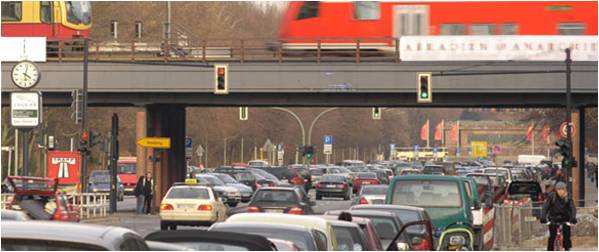
Quelle: © DLR 
Quelle: © Th. Reinhardt / PIXELIO |
|
| Prof. Dr. Gernot Liedtke leitet seit September 2014 die Abteilung Wirtschaftsverkehr am Institut für Verkehrsforschung und in Personalunion das gleichlautende Fachgebiet am Institut für Land-und Seeverkehr der Technischen Universität Berlin. Er besitzt umfangreiche Lehrerfahrung in Mikroökonomie, Industrieökonomie, Transportökonomie und Netzwerkökonomie. Seine Forschungsinteressen sind u.a. Multi-Agenten Simulation der Güterverkehrsnachfrage, räumliche Interaktionsmodelle und Infrastrukturbepreisung. In diesen Bereichen konnte er in einer Reihe von internationalen Zeitschriften publizieren, wie beispielsweise Transportation, Transportation Research und Journal of Transport Economics and Policy. Daneben wirkte er als Projektbearbeiter bzw. Leiter an über 15 Forschungsprojekten mit. Gernot Liedtke leitet den Arbeitskreis 1.8.4. der Forschungsgesellschaft für Straßen- und Verkehrswesen über Wirtschaftsverkehrsmodellierung. |
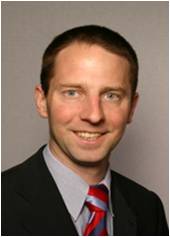
Quelle: © DLR |
|
Mittwoch
23.09.2015 16:00–17:30 Englisch |
Statistical Insights for Simulationists
Prof. Dr. David Goldsman, Georgia Institute of Technology Simulation is a wonderful tool that can be used to analyze complicated real-world systems. But conducting proper statistical analysis of simulation output is often easier said than done, and one must proceed with caution! This talk will discuss various tricks of the trade that can help analysts make good decisions based on simulation experiments. In particular, we will tackle a variety of important questions: How long should the simulation run for? What conclusions about the underlying real-world process can we draw from the simulation? Is the process performing as expected? Does it perform better than other competing processes? The talk will be self-contained, and only a modest knowledge of statistics will be needed for complete understanding. |
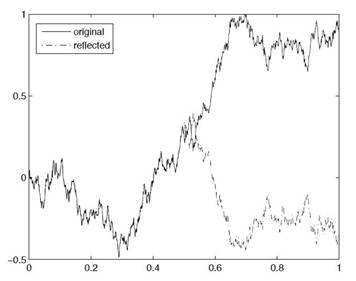
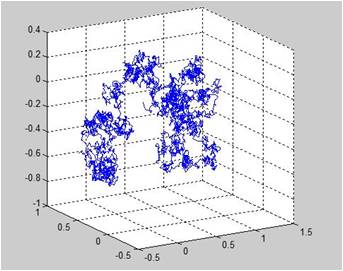 Quelle: © Dave Goldsman |
|
| Prof. Dr. David Goldsman is a Professor in the School of Industrial and Systems Engineering at Georgia Tech. He received his Ph.D. in 1984 from Cornell, and has held visiting positions at Cornell, Northwestern, Oklahoma, Bogaziçi, Sabanci, Özyegin, and Middle East Technical Universities. His research interests include simulation output analysis, statistical ranking and selection methods, and medical and humanitarian applications of operations research. Dave received the INFORMS Simulation Society's Distinguished Service Award in 2002. He also received a Fulbright fellowship in 2006 to lecture at Bogaziçi and Sabanci Universities in Istanbul, Turkey. Dave is a Fellow of the Institute of Industrial Engineers. |
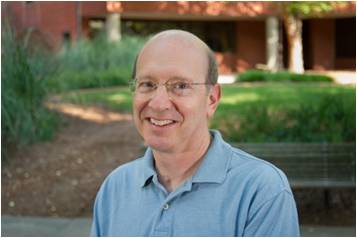 Quelle: © Dave Goldsman
Quelle: © Dave Goldsman
|
Vendor Tutorials (Mittwoch, 23.09.2015)
|
Mittwoch
23.09.2015 14:00–15:30 Englisch |
AnyLogic 7. Linking GIS and Simulation
Sergey Suslov, The AnyLogic Company This tutorial is intended to show AnyLogic functionality in practice. During the tutorial, you will learn the GIS features provided by AnyLogic, such as tile maps from different providers, search in the style of Google Maps, online and offline routing, etc. We will use the combination of agent based and discrete event modeling approaches to create a model of a supply chain. You will see how agents and resource units live in one GIS space, move along real roads and communicate with each other. We will demonstrate how to use optimization experiment to find the best solution for the problem. |
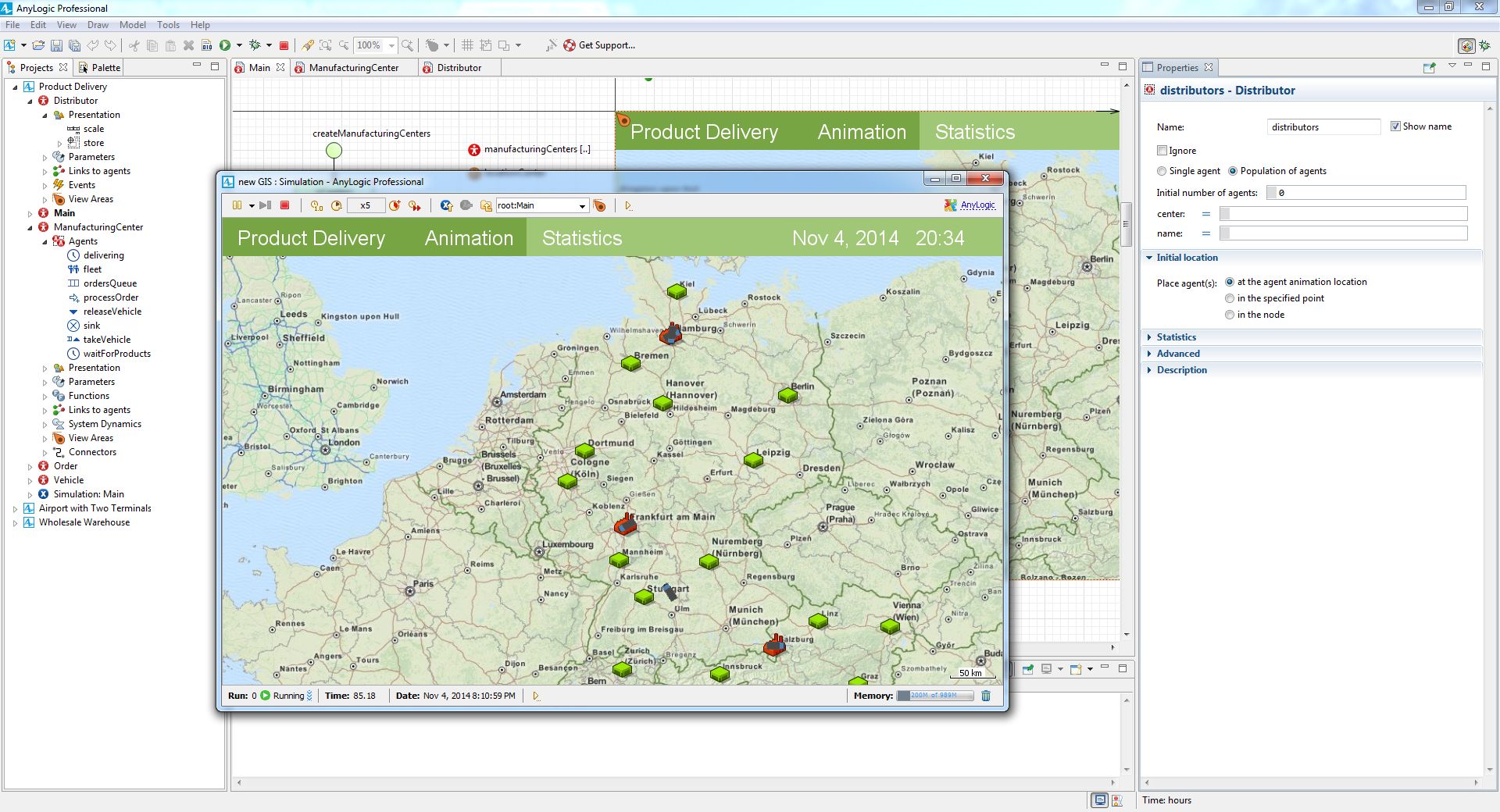 GIS Map Based Model Product Delivery Quelle: © AnyLogic |
|
| Sergey Suslov , Director of Sales at AnyLogic Company, has been working with AnyLogic software for more than 10 years and knows in details the software capabilities, best practices and approaches for various industry challenges. Sergey has graduated from management and economics department of Saint Petersburg State Polytechnical University. He also got Master's degree at Computer Science & Simulation in the same University. Being technical expert, Sergey participated in various simulation projects, delivered tens of training courses, representing The AnyLogic Company at many industry exhibitions, conferences and trade-shows. |
 Quelle: © Sergey Suslov |
- Home
- -
- Beiträge
- -
- Programm
- -
- Fotogalerie
- -
- Sponsoren
- -
- Ausstellung
- -
- Veranstaltungsort
- -
- Fachtagungen
- -
- Kontakte


